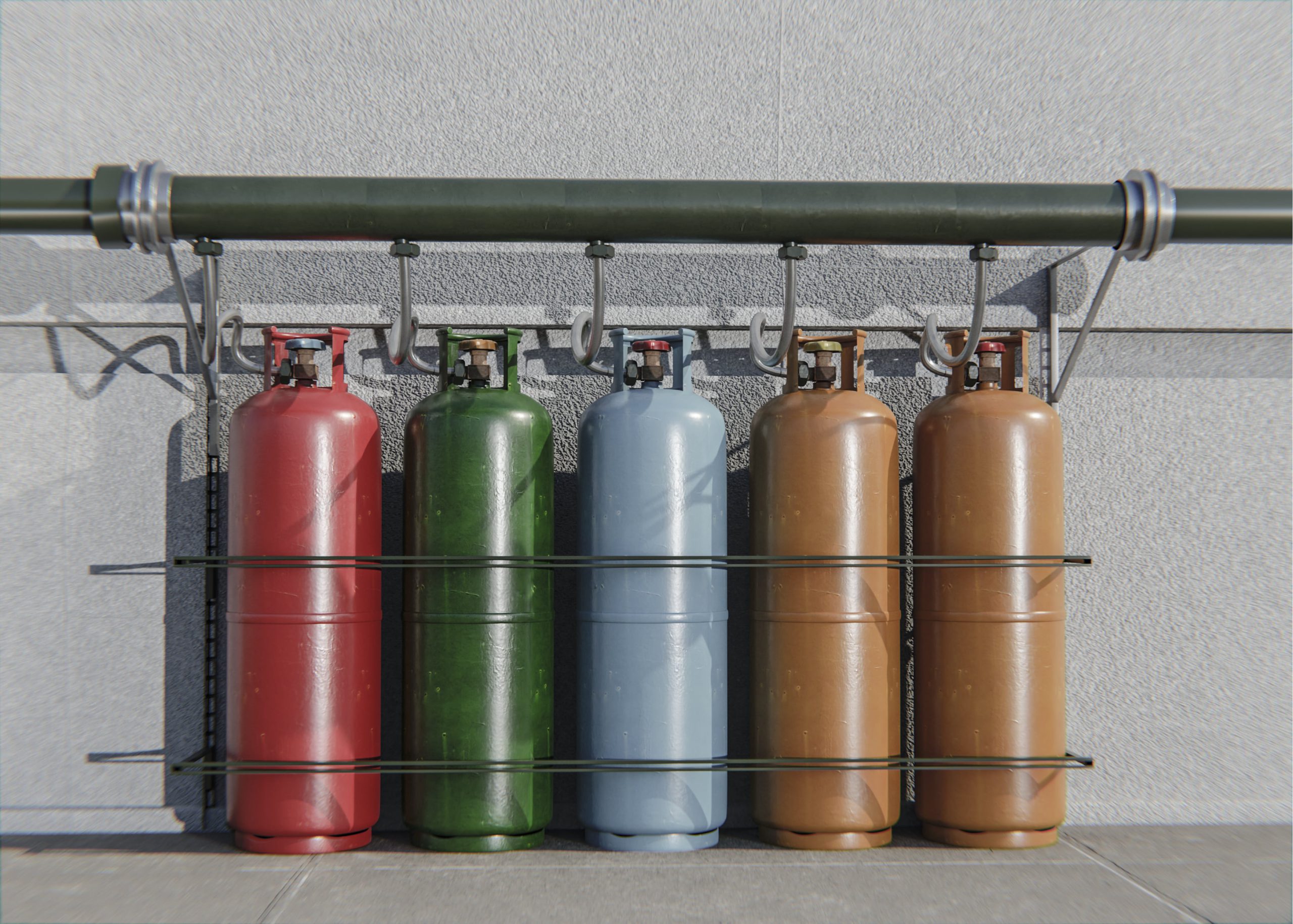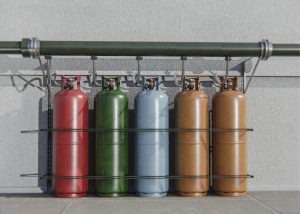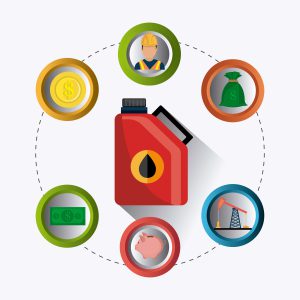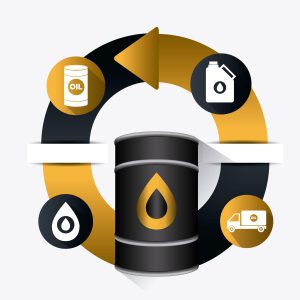LPG: Powering the Future with Clean Energy
LPG, short for liquefied petroleum gas, is a versatile and clean-burning fuel that has gained significant traction in recent years as a reliable energy source. Comprised mainly of propane and butane, LPG is a byproduct of natural gas processing and crude oil refining. Its exceptional properties and wide range of applications have positioned it as a viable alternative to traditional fossil fuels, making it a key player in the transition towards a more sustainable energy future.
One of the primary advantages of LPG is its environmental friendliness. When compared to other conventional fuels such as coal or gasoline, LPG produces significantly fewer greenhouse gas emissions and air pollutants. It burns more efficiently and emits lower levels of carbon dioxide (CO2), sulfur oxides (SOx), nitrogen oxides (NOx), and particulate matter. As a result, LPG contributes to improved air quality and reduces the adverse impacts of energy consumption on both human health and the environment.
The versatility of LPG is another factor driving its popularity. It can be used for a diverse range of applications, including heating, cooking, transportation, and power generation. In residential settings, LPG-powered appliances offer an efficient and reliable solution for heating homes, providing hot water, and cooking meals. The transportation sector has also embraced LPG as an alternative fuel, with vehicles such as cars, buses, and forklifts running on autogas, a specialized LPG blend for automotive use. Moreover, LPG is a valuable energy source in off-grid areas where access to electricity is limited, powering generators and providing a reliable source of energy for remote communities.
The storage and transportation of LPG are also relatively straightforward. Due to its high energy density, LPG can be easily stored and transported in portable containers, making it an ideal solution for areas lacking extensive pipeline infrastructure. This portability enables LPG to reach remote locations, providing energy access to underserved communities and facilitating economic development.
Furthermore, LPG serves as a bridge fuel during the transition to renewable energy sources. While renewable energy technologies such as solar and wind power are becoming increasingly prevalent, they are not yet capable of meeting the world’s energy demands entirely. LPG, with its low emissions and versatility, can play a crucial role in reducing the carbon footprint until renewable energy sources are more widely adopted.
The global LPG industry has been experiencing steady growth due to the numerous advantages it offers. According to a report by the World LPG Association (WLPGA), the global LPG market is projected to expand significantly in the coming years. This growth is attributed to increased urbanization, growing energy demand, government initiatives promoting clean energy adoption, and the rising popularity of LPG as an alternative fuel.
In conclusion, LPG has emerged as a clean and versatile energy source that contributes to sustainable development. Its lower emissions, diverse range of applications, and ease of storage and transportation make it an attractive option for various sectors, including residential, transportation, and off-grid communities. As the world continues to prioritize the transition to cleaner energy, LPG plays a vital role in reducing environmental impact and supporting the global shift towards a more sustainable future.




